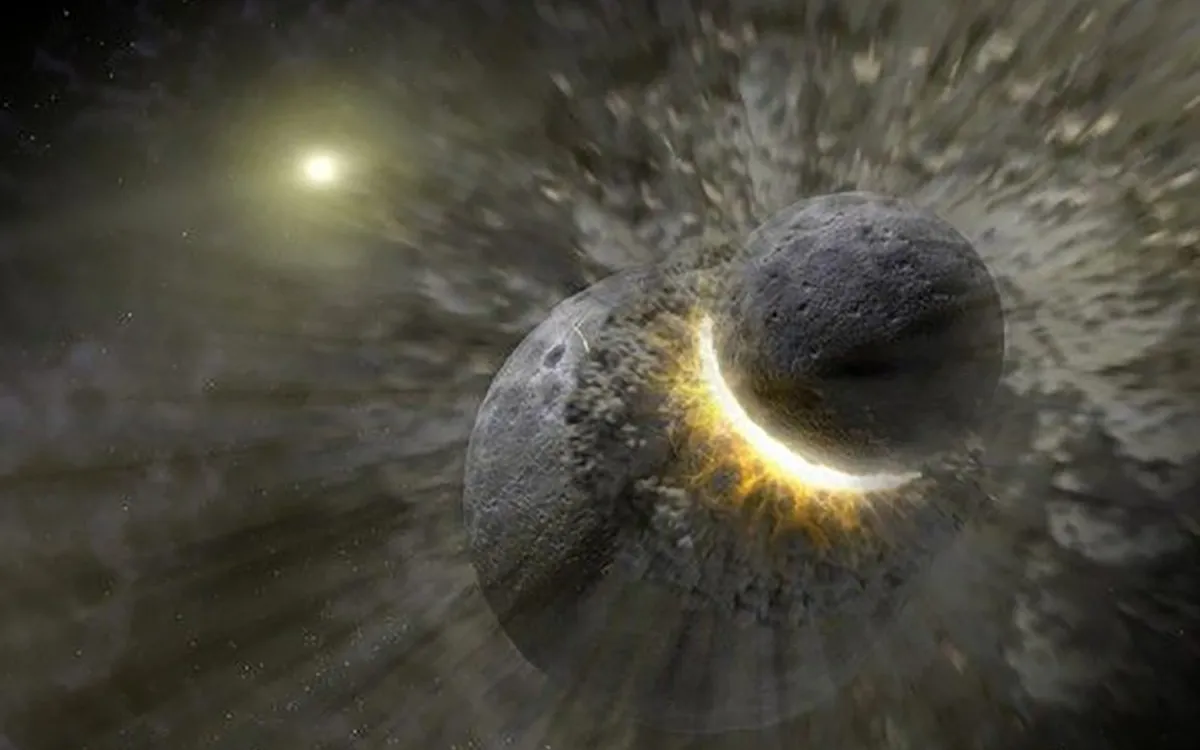
Recent research suggests that our Moon may be more closely related to Earth than previously thought. A study indicates that the Moon is primarily composed of material that originated from the early Earth. This groundbreaking discovery not only sheds light on the Moon's formation but also provides insights into the origins of water on our planet.
The prevailing theory surrounding the Moon’s creation posits that a Mars-sized protoplanet, named Theia, collided with the early Earth. The debris from this colossal impact eventually coalesced to form the Moon. However, new evidence is challenging this long-held belief.
In their study, researchers analyzed 14 lunar rock samples and compared these to similar minerals found on Earth. They measured levels of oxygen-17, a rare isotope of oxygen, and discovered that both lunar and terrestrial samples exhibited remarkably similar levels. This finding suggests that the majority of the Moon's material was ejected from the early Earth during the impact, implying that Theia's contribution was minimal.
Andreas Pack from Göttingen University, a key participant in the study, offers a fascinating explanation for this phenomenon. He suggests that Theia may have lost its rocky mantle during earlier collisions and subsequently struck the early Earth like a metallic cannonball. If this theory holds true, it would mean that Theia is now part of Earth's core, while the Moon formed from material ejected from Earth's mantle, accounting for the compositional similarities between the two celestial bodies.
This study has also provided new insights into one of Earth's greatest mysteries: the source of its water. The currently accepted theory, known as the late veneer event, suggests that water was delivered to Earth’s surface through asteroid impacts after the Moon had formed.
The researchers' findings on oxygen-17 levels have allowed scientists to better understand the type of meteorite responsible for bringing water to Earth. The evidence points to a specific class of meteorites known as enstatite chondrites, which have a composition closely matching the study’s results.
This study not only enhances our understanding of the Moon’s origins but also provides compelling evidence regarding the sources of water on Earth. As research continues to evolve, we may uncover even more about our planet and its celestial companions.